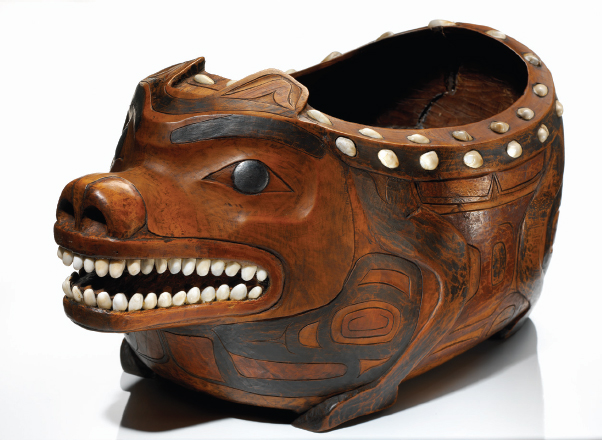Native American Diversity and Complexity

Popular culture can lead us to think of Native American societies as being substantially the same everywhere in North America: they were organized into tribes, with few material possessions and primitive beliefs and cultures, and reliant mostly on hunting for their subsistence. This impression distorts a much more complicated picture. Native American political organization ran the gamut from vast, complex imperial states to kin-based bands of hunters and gatherers. Patterns of political organization varied widely, and the familiar label of tribe does more to obscure than to clarify their workings. Native Americans’ economic and social systems were adapted to the ecosystems they inhabited. Many were extremely productive farmers, some hunted bison and deer, while others were expert salmon fishermen who plied coastal waters in large oceangoing boats. Native American religions and cultures also varied widely, though they shared some broad characteristics.
These variations in Native American societies shaped colonial enterprise. Europeans conquered and coopted Native American empires with relative ease, but smaller and more decentralized polities were harder to exploit. Mobile hunter-gatherers appeared politically amorphous, but they became especially formidable opponents of colonial expansion.